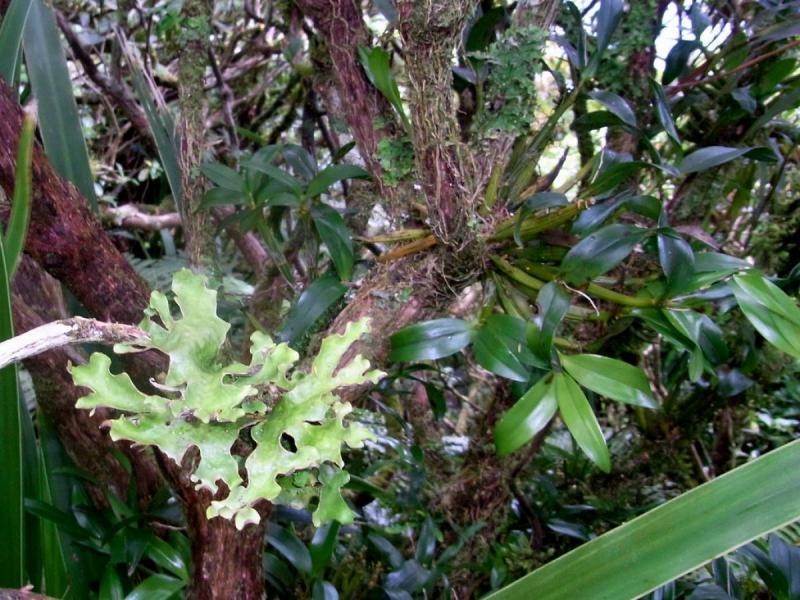Dendrobium moorei
Also known as: Moore's Dendrobium or Drooping Cane Orchid in the subfamily: Epidendroideae
Native to: Australia
General Information
Moore's Dendrobium is a small sympodial cool to warm growing epiphytic, lithophytic or terrestrial orchid belonging to the sub family Epidendroideae native to Australia. It is named after the Australian Collector of species in the 19th century.
Plant Description
Sympodial. Grows to 15-30cm. Each new growth has numerous leathery lance shaped, oblong shaped leaves that grow to 5-10cm long. Pseudobulbs grow to 8-25cm
Flowers
Numerous fragrant blossoms appear during Winter
Fragrance
The orchid is fragrant.
Blooming Season
- Winter
Care Notes
These orchids have a fine root system that can quickly die back if left dry for too long, but also does not like to be kept wet, so water regularly but ensure that the mix is dry before watering.
Fragrant:- IsFragrant
Climate
Grows at low to high elevations. Rainfall ranges from 107mm to 196mm per day, heaviest in January and lightest in August. Humidity ranges from 69% to 72%, highest in January and lowest in August. Temperature ranges from 11C to 24C, highest in July (18C to 24C) and lowest in January (11C to 17C).
Watering
These orchids are sensitive to excessive watering and should only be watered when they look thirsty. Water infrequently and ensure that the roots are dry before watering. Keep an eye on them especially during hot weather as overwatering can lead to rot, whereas underwatering may result in wilting or shriveling, which while unattractive, will not kill the plant.
Keep moisture levels up during hot weather as the plant is prone to dehydrationFertiliser
Apply liquid based fertiliser per recommended directions. They can benefit from a high phosphate fertiliser leading up to flowering season, followed by a high nitrogen fertiliser when new growth appears, and a balanced fertiliser in other times. These orchids can also tolerate slow release fertiliser applied 1-2 pellets per cup (250ml) of media.
Apply fertiliser regularly at half strength year round. Use a high Nitrogen fertiliser during Spring and Summer. Use a high Phosphorous fertiliser during Summer.Potting
These plants can be sensitive to repotting though should not require repotting regularly. Repotting should be done when the mix has broken down to the point that it doesn't absorb water or holds onto water for far too long, usually the plant shows a decline in growth as well.
The mix should be free draining, with a blend of 30% inorganic ingredients such as coarse sand, gravel or perlite, mixed in with about 70% organic ingredients such as peat, leaf litter or decomposed bark. Avoid commercial potting mixes as they can vary wildly and may contain "wetting agents" that can hold onto water for loo long, causing rotting and stunted growth.
Repotting is best done annually.









